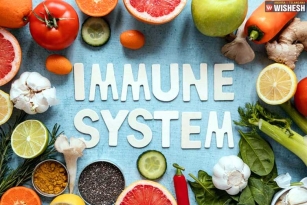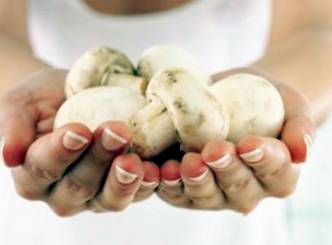
In India, food is linked to one's culture and identity so closely that it varies from region to region.
Rich in taste, texture and satisfying, Indian food, or at least that part of Indian food that is prepared with minimal oil and healthy cooking methods, is often considered one of the healthiest cuisines in the world. But, what exactly do we mean by 'healthy' within the Indian food context? Today, Dr. Simran Saini, Weight Loss Management Consultant at Fortis Hospital, tells us about the top 7 staple foods in the Indian diet and how healthy they truly are.
Roti aka Chappati: Usually a roti is made from wheat flour. However, ideally it should contain a combination of soyabean, black gram, and a small portion of bran as well. These can be grounded together in equal ratios to make flour. A source of energy in the body, roti is basically a source of carbohydrate and an ideal 25 grams based medium chapatti would be 60 Calories.
White Rice: White Rice is a cereal grain and polished form of brown rice which has the cover intact. Ideally, brown rice is better for health as it contains fiber apart from carbohydrates. A good source of energy and fiber, 200 grams of white rice would approx contain 420 calories.
Curries: The Indian curry's base is crucial. The oil isn't. Most curry recipes call for plenty of oil, which immediately puts off those of us who are trying to control our daily fats intake. Ideally, blend or roast whole spices for better flavour without using unhealthy ingredients. Replace the cream with yogurt, or natural coconut milk and use a healthy cooking method for it and you are good to go.
Curd: Curd is basically a milk product made by fermentation of milk with certain bacteria. Ideally, one should go for curd made from toned or less fat quality of milk. Yogurt is good for the digestive system as the bacteria present in yogurt improve digestion. 250 grams of curd made from toned milk would approx serve 150 Calories. It is a good source of calcium apart from the fact that it provides carbohydrates and proteins to the body.
Lentils: The lentil is an edible pulse. It is a bushy annual plant of the legume family grown for the lens shaped seeds. Lentils provide about 30% of their calories(240 Calories in 230 grams) from protein. Proteins include the essential amino acids isoleucine and lysine. They also contain dietary fiber, folate, vitamin B1, and minerals such as iron. Thus, lentils help in many major functions of the body including regulating our blood cholesterol and blood sugar levels.
Red chillies: Red chillies are the fruit pod of a plant from the capscain family. They have amazing health benefits for the human body. 100 grams of chilli red peppers have hardly 40 Kcal. But, chilli peppers contain the chemical compound capsaicin, which has anti-bacterial, anti-carcinogenic, analgesic and anti-diabetic properties. They are also rich in a number of Vitamins A, B, C and many phytonutrients too.
Paneer: Cottage cheese is a milk product and it is prepared by the curdling of milk. The percentage of fat in the paneer depends on whether it is made from toned milk or full cream milk. It is rich in proteins and usually helps our body as it is easy to digest. Paneer is high on calcium. This helps in building strong teeth and bones. Paneer has the health benefit of preventing osteoporosis and has been found to promote weight loss.
















